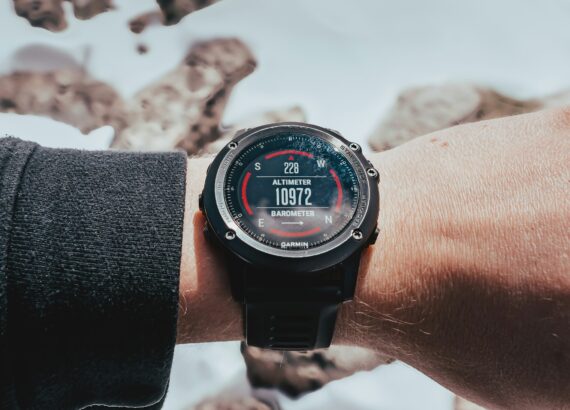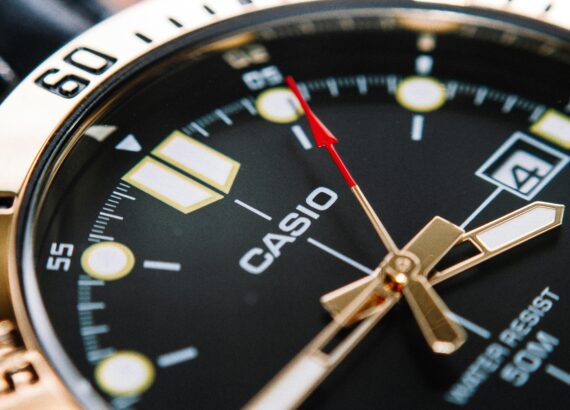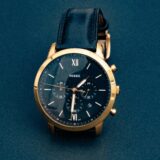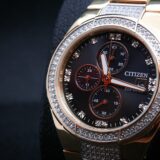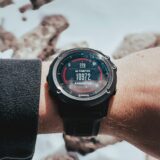Global Horse Trading Drives International Equestrian Business
Around the world, Global Horse Trading has transformed into a fluid, spirited sale exchange of breeders and buyers from across the globe. Horses are now global assets.
Through a complex system of breeding farms, auction houses and equestrian events, this trade spans the continents and cultures. The stakes remain high.
Dealers, owners and trainers partner up to buy and sell horses for sport, breeding and pleasure. Costs vary according to lineage, competition, and popularity.
Top stallions and mares go overseas, accompanied by agents who know their way around customs, vet regulations and transportation. Every sale affects reputations.
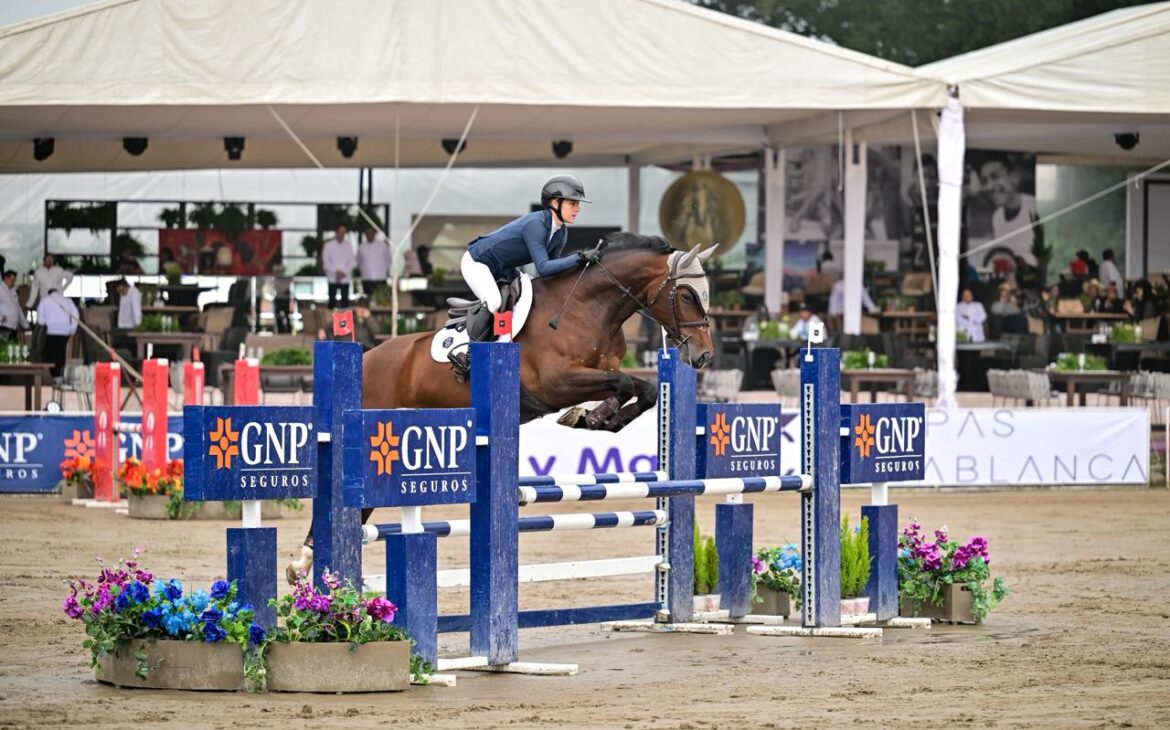
Shows on horseback display talent, whose exposure brings world attention and spikes demand. Bloodlines matter and well-bred horses frequently cause bidding wars.
From Kentucky to Dubai, the trade in horses leads the economy of isolated rural communities, the lifeblood of small businesses, and everything from feed to transport to vets to media.
The Thoroughbreds are still considered a statement of status, lifestyle, and talent. Trainers, veterinarians and riders all contribute to increasing the value of a horse for its owners.
In this millennium, online platforms instantly pair buyers and sellers. Digital health reports, videos and a pedigree profile make international deals.
The making of a successful global horse trade Trust, transparency and experience are critical to success in global horse trading. Reputation, not only price, shapes decision-making in this competitive space.
Breeding Farms Remain the Heart
The world-wide horse trade originates in the breeding stable where perfectly combined mating produce international top horses for all disciplines and markets.
Though it may seem like a simple matter, breeding experts spend years fine tuning the bloodline of dogs for behavior, conformation features and for performance. They have influence on how international horse trading ends.
Mares and colts are chosen as soon as lineage is proven and health assured. Born foals are the result of years of genetic and financial planning.
Positive results on the track draw interest from agents, investors and foreign trainers. Foals are reserved by buyers long before they are born.
AI and embryo transfer are among the methods implemented by breeders to increase the genetic worth of a horse. This way you can trade horses globally without any physical limitations.
You’re only as good as your reputation. Top class offspring are sold for the highest prices, particularly in show jumping and dressage markets.”
Breeding centers, from Hanoverian studs in Germany to Kentucky’s Thoroughbred farms, form the foundation for horse trading around the world.
Foals are handled from birth, trained early and are often sold by the age of two- or three-years old. They get better with promise.
Everything I breed will affect sales down the road, partnerships down the road. Bloodline still counts in the global horse trading world.
Also, long-time relationships between breeders and agents are easily processed and create opportunities for future work for the global market.
Training Centers Enhance Market Readiness in Global Horse Trading
Top-training centers elsewhere in the world are crucial links in the global horse trading chain. They are a management shop that takes raw talent and makes it great.
Young horses come in from breeders to be given early education in manners, ground work and specific discipline-based training according to their potential.
The physical condition, the mental sharpness, and the competitiveness of the athlete are evaluated by professionals. These ratings influence pricing and marketing decisions around the world.
Value: Training influences a horse’s worth in the worldwide market of horse trading. Buyers want proof of skill, temperament and improvement.
Video demonstrations now show training milestones online, allowing international buyers to evaluate quality before entering deals or making trips.
Riders and trainers work closely together to ensure horses stay sound and focused and can be consistent in the saddle through varying terrains and tasks.
Credit: AP Global horsetrading is all about confidence and performance. Professionally trained horses are tested for reliability and this earns buyer confidence.
And the discipline-specific training — racing, eventing, jumping — readies these horses for long-term careers, bringing the attention of competitive international buyers.
The training centers also serve as showrooms. These buyers often come to these facilities to test-ride a horse and see it work.
The better the training, the more it costs. A horse needs the right education to stand up to international buyers.
Equestrian Shows Fuel Demand in Global Horse Trading Markets
Equestrian contests are important in grooming the prestige of horses and trainers in the international horse market for trade. They’re active showcases.
Prestigious events like show jumping, racing, or dressage draw international scouts and agents looking for the best performing horse from around the globe.
Winning horses elevate their fame and the demand for them. After particularly spectacular performances, buyers may even approach owners with tempting purchase offers on the spot.
In international horse trading, it’s about the publicity. Shows provide instant assessments of skill, health and poise under stress.
International shows in Wellington, Doha or Aachen are virtual marketplaces for networkers and high-rollers.
Buyers come not just to watch, but also to meet trainers, examine health records and see behavior and responsiveness in practice.
Horses good at the shows are easier to sell abroad. It’s theimmediacy of validationof how good they are in their training, in their health and in their market value.
In fact, professional riders serve to elevate a horse’s reputation and give global buyers confidence in the quality of the horses. Good performances pave the way for export.
The world’s horse trading, to parallel seasonal show circuits. It is easier to ink a deal when visibility is higher in competition’s peak season.
In this high stakes world, exposure begets opportunity. Winning horses are frequently fast-tracked into new ownership with immediate post-show deals.
Auction Houses Play a Pivotal Role in Global Horse Trading
The elite horse auctions are so central to global horse trading that they attract bidders from around the world, all vying for top-flight equestrian talent.
Those events are a mix of old and new. Livestreams, computer catalogs and virtual bidding have replaced a global body of buyers that once met in physical rings.
Pre-sale inspections, vet reports and trial rides help buyers to feel confident. Having a transparent operation promotes the confidence of everyone involved in the trade.
Horses are entered by catalog with complete documentation, performance videos, and pedigree. “Horses sell at auction,” Ms. Graves added, “because auction houses do a brilliant job of connecting horses with the right buyers.”
It takes a competitive environment and a global horse-trading. Horses with good bloodlines and solid early work have been known to generate bidding wars.
In Europe and the United States there are high-end auctions of sport horses, Thoroughbreds and ponies. So have these worldwide megatrends.
Professional Buyer’s Agents attend sales and bid to make sure that decisions remain in line with strategic requirements and investment requirements within the equestrian marketplace,.
CONSIGNORS Yet those consignors may be far more selective than they were a few years ago in choosing the auction that best serves their audience and their niche. Dressage, racing, and endurance are three types of horses that each have their own global market.
Their good horses sell for millions. These reported transactions and others are indicative of the industry’s valuations and impact future global breeding and investment strategies.
Auction houses provide excitement, urgency and opportunity — a trio of indispensable elixirs in a healthy global horse trading ecosystem for today’s economy.
Technology Transforms How Global Horse Trading Operates
Technology has now become the cornerstone of worldwide horse trading through facilitating this communication, marketing and transactions between countries.
The profiles and the pedigrees listed in online-marketplaces make it easier for breeders, trainers and owners to present themselves to a wider audience without being limited by geographical distances.
Digital vet records, X-rays and video performance clips let buyers evaluate quality from a distance, sparing them time and travel expenses.
Block chain solutions are springing up to authenticate identity, health status and ownership. These systems also break new ground in transparency of trade.
AI tools pair horses with potential buyers according to preferences such as budget, discipline and location. Productivity goes up, and so does satisfaction.
There are also reputable contract systems with escrow offered on platforms, so there is little corruption risk. Both buyers and sellers are more confidently entering into transactions.
360-degree video tours mimic barns in virtual showrooms. Buyers can “walk” stalls and watch gaits from thousands of miles away.
Global Market Social media is a huge part of horse trading across the world. Surprise international deals can ignit by viral videos of standout horses.
Technology removes physical boundaries and accelerates time-to-trade conversations. Digital innovation means deals that used to take months now close in days.
From horse trading websites to apps and mobile numbers, the overall horse trading market has come a long way, and faster and better market access has the aim all along, and the advancements to get there hav been well execute the whole way there.
Veterinary Support is Essential to Success
Veterinary protection in international horse trading Both for the health and safety aspects and also to respect the legal requirements during purchase and international transport, veterinary protection is fundamental in worldwide trade of horses.
Horses are fully examined before export. Health certificates, blood tests, vaccinations — everything must adhere to the importing countries’ stringent rules.
Purchasers want to see clear medical histories and transparency. If there are unspoken matters, the deal will fall through, or disputes will arise in the trade.
Vets are also looking at physical well-being, conformation and the genetic risks that could have an impact on sound return on investment.
Pre-purchase exams are the norm. Vets closely examine x-rays, limbs, lungs, and movements to make sure no underlying problems exist.
With insurance companies, you must have veterinary clearance to cover. So vet professionals are key players in the process of global horse trading deals.
Specialists watch over horses traveling on long flights or in quarantine, for the buyers in one country to selling agents in another.
Among equestrian sports, performance of the animals is essential. Vets can help keep them in top condition – provided they have access to state-of-the-art diagnostics, therapy and rehab in aid of sales targets.
Seller reputations are affected by veterinary integrity. Honesty and transparency earn trust around the worldwide horse trading community.ExecuteScalar.
The international movement of horses could open to ethical abuses and significant economic liability if seasoned veterinary oversight were remove.
Legal and Logistical Planning Shapes Horse Trading Deals
The global horse trade Calls for precise legal and logistic coherence to handle customs, contracts, insurance, and shipping for every single operation.
These brokers also manage export paperwork, permits and quarantine planning. They guarantee horses travel safely and comply with all import requirements.
Agreements include duties, guarantees and return policies. Each party would use legal certainty to defend its own interest.
There are types and requirements for health and ownership that are enforce base on the country. Lawyers must work their way through these differences to make sure they are not penalis, or delay.
Transport logistics are by climate controlled trailers, itineraries for flights and handlers with international travel. Good planning means stress-free travel for treasured animals.
Dedicated carriers take care of routing, comfortable stable layovers, and travel pleasure. Poor logistics can undo good deals.
Most of the insurance covers for accidents, illness and death in transit. Brokers commonly put insurance in place when property is bought.
Firms also provide escrow services to safeguard funds held for international transactions, until the conditions of the agreement are meeting.
Tax, duty and customs fees vary. Errors can also cause costly delays. Those specifics are left to the experts to keep the market moving.
Smooth deals require the expertise of professionals who understand the challenges of two legal systems and of horse welfare. International horse trading is the art of preparation and precision.
Key Players Build and Sustain Horse Trading Networks
International horse trading is predicating on a network of specialized individuals — breeders, trainers, agents and buyers — each contributing essential knowledge and trust.
And brokers are the middlemen who bring together buyers and the right horse through clear price and status posts.
Horses get fart and shine by reputable trainers. Their potential to upt their performance adds to attractive profile of the horses for serious international buyers.
Owners depend on stable managers, transport companies and veterinarians to get horses ready for sale. [J4] Each position contributes to the transaction success.
Sophisticated buyers will analyze value, pedigree and market timing. Their expertise also allows them to obtain aggressive transactions, and earn money on future sales.
Long-term alliances are struck by many major players. Trust is something that develops over a series of successful trades, which will make for easier transactions and better results.
Bloodlines are cultivate by breeders for future champions. Their names, progeny and reputations have guided market trends and influenced global demand for decades.
Horses are marketing through video, profiles and social media copy. They make a splash and get notice in the big show of international horse trading.
Attorneys and financial advisers make sure deals close in the proper manner. They help avoid myths and safeguard value at every stage of the cross-border deal process.
This ecosystem combined makes global horse trading strong, trustworthy and highly connected far into the future for industry growth.
Conclusion
Transnational horse trading has become an ever increasing market thanks to creativity, world demand and the undying enthusiasm of the horse industry. The market remains strong.
International deals will increase as breeds, training and competition levels also increase. Technology and transparency will also broaden buyer access.
Future trade will influence . The industry will ask by buyers to adhere to ethical standards and force by governments around the world to meet them.
The market itself is becoming refreshed with new generations of riders, investors and breeders. Their digital nativism and swagger will help to boost global trade.
Investment will dictat. But prestige, performance and trust are the fundamentals of successful global horse trading, and they will always be.
Governments can regulate more, and transport logistics can change. But the market will adjust, propelled by centuries of human-horses cooperation.
Some digital platforms will pop up, and smaller breeders and regional talent will elevat to a level of international awareness like never before.
Horse trading around the world is how people, ideas and talent combine. It is laying back as well as the tradition of the worldwide equestrian world.
A market that knows no geographic boundaries, where auction houses and far-away breeding farms are locating in regions where buyers are present and competitors are nowhere to find.
Horse Trading in the Global Market of Years to Come The horse has long epitomized excellence and fidelity as well as the deep bond between man and animal.


